The Montessori Method is a favorite among parents for its child-centric approach that promotes learning through play. While there’s no doubt how effective Montessori is for school-aged children, it holds many benefits for infants and toddlers as well.
For parents seeking to incorporate the foundations of the Montessori Method from an early age, the Montessori mirror is an excellent place to start.
In this Post:
- What is the Montessori Method?
- What is a Montessori Mirror?
- Benefits of a Mirror For Kids
- Where Should You Place the Montessori Mirror?
- How to Chose the Right Montessori Mirror
- Our Top Picks For The Best Montessori Mirrors
- Montessori Mirror Accessories
We get commissions for purchases made through links in this post. As an Amazon Associate, we earn from qualifying purchases.

Learn More!
Fostering Independent Play: Mini Course
The COMPLETE how-to guide for parents on why, when, and how to encourage independent play.
On-demand course broken down into 17 easy-to-digest video lessons, 5 PDF guides, & an online discussion board.
What is the Montessori Method?
The Montessori Method is a method of teaching that promotes independence and learning through play, allowing children to engage in educational activities instead of being bound to a desk. Its founder, Maria Montessori, believed that creating classrooms designed to fit a child’s nature would create a more instinctive and effective environment for information retention while promoting independence and exploration.
Known as experiential learning, this form of education builds upon children’s inquisitive natures, encouraging them to examine the world around them and developing a love for learning they will carry with them as they grow.
- Looking to incorporate more Montessori ideas into your home? Read: Montessori Toy Storage: Best Shelves for Your Home
What is a Montessori Mirror?
A Montessori mirror is essentially just a mirror, but it’s designed to sit at eye level with your infant or toddler, allowing them to view themselves and the world around them.
Montessori mirrors are a fundamental part of virtually every Montessori and Reggio Emilia inspired classroom since kids of all ages love looking at themselves as they make silly faces, dance, sing, and more. The mirror provides them with a new perspective by helping them to see their movements in a different way.
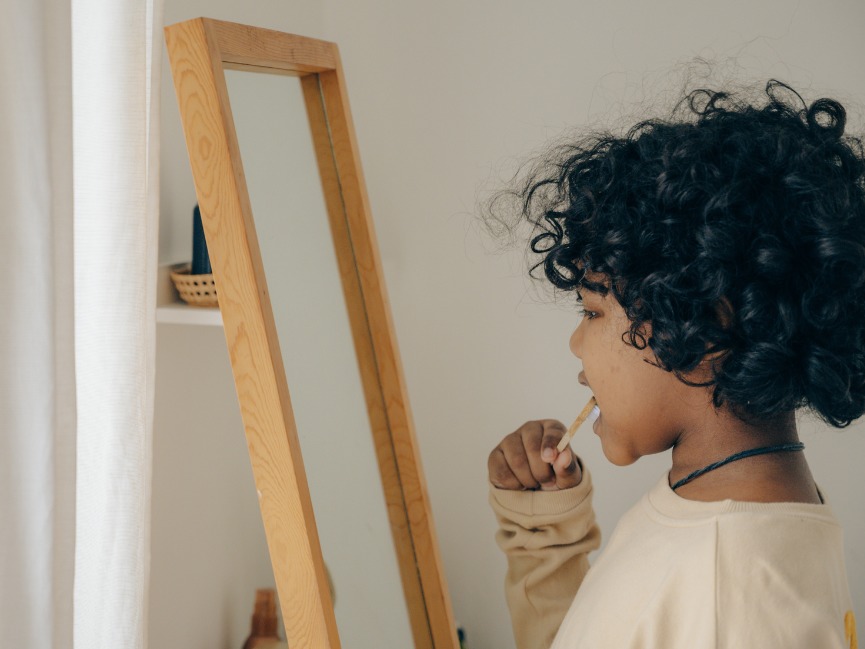
- Looking for more Montessori ideas for little ones? Check out our favorite Montessori books for Toddlers!
Benefits of a Mirror for Kids
While they offer hours of entertainment, Montessori mirrors have many benefits for babies and toddlers alike, including the following:
• Helps with Self Care Activities
A low mirror can allow a child to brush their teeth and comb their hair independently. Parents no longer need to do things for their child that the child is able to do for themselves.
Children learn to care for themselves from a young age and see how capable they are as they develop their skills.
• Promotes Facial Recognition
Babies learn early on to recognize their mother’s and father’s faces, but introducing a Montessori mirror will help them discover their own image as well.
Viewing their reflection will eventually create a familiar connection with themselves, creating a sense of comfort with the face looking back at them in the mirror.
• Increases Concentration
Let’s face it; babies’ attention spans are short, but with a Montessori mirror, you may be surprised to see how long your baby spends observing their body and facial movements.
Young children find it fascinating to watch their bodies work, and it’s not uncommon for them to spend waking time watching themselves as they move.
• Provides a Varied Prospective
Placing a low mirror beside a playmat or preschool child’s playspace can amuse them as they watch their reflected movements and discover new visual experiences. This will not only promote visual tracking but also help them see their play in an entirely different way.
• Promotes Coordinated Movement
As your baby watches their image reflected in the mirror, they will begin learning about cause and effect. For example, if they watch themselves lift their head during tummy time, they will try to do it again, helping build muscles and develop movement control.
They can practice lifting their arms and legs, eventually pulling themselves up, crawling, and walking.
Where Should You Place Your Montessori Mirror?
Montessori mirrors are designed to help your baby discover the world around them, so you’ll want to place it in a spot where your child spends the most time. These are the most popular spots for a newborn to toddlers.
• In the Bathroom
Placing a low mirror in the bathroom can aid with independent self-care activities. Pair the mirror with a shelf for holding a toothbrush, hairbrush, and washcloth.
• Next To The Child’s Bed
Placing a mirror next to your child’s bed ensures their first visual experiences in the morning and after naptime are full of happiness and joy. They can talk to themselves in their adorable baby babble, view the room around them, and look at their reflection, helping ensure they wake up calmly and peacefully.
• Beside Their Playmat
Placing a free-standing mirror beside your infant’s playmate is perfect for tummy time and keeping them content for long periods. They will enjoy the sight of their toys reflecting back at them, promoting concentration, intentional movement, and interaction; just be sure the mirror covers the entire movement area.
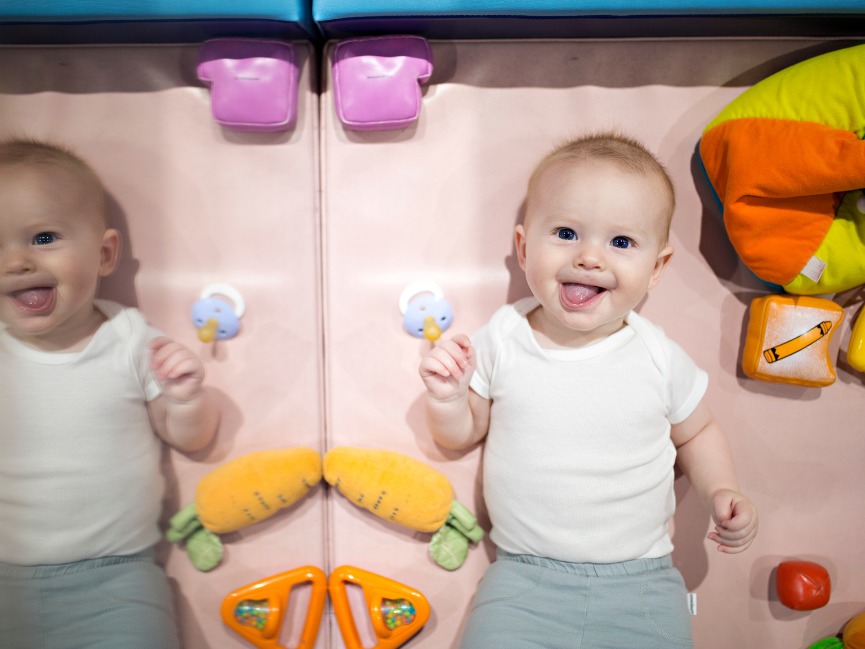
• On The Bedroom Wall
A Montessori wall mirror is an excellent addition to a toddler’s bedroom since it helps them with their daily self-care tasks like getting dressed, brushing their hair, and putting on shoes.
Adding a Montessori wardrobe can help to promote even more independence by giving children easy access to all their clothing items.
• Near The High Chair
Having a Montessori wall mirror beside the high chair or weaning table is a great way to keep your child engaged during feeding time. They will enjoy watching themselves eat, which can be a lifesaver for parents with picky eaters.
If you have a very young child, consider placing the wall mirror next to a rocking chair so they can watch as they take their bottle or nurse.
How To Choose The Right Montessori Mirror
Montessori mirrors come in a few different shapes and sizes, which can make choosing one that’s right for your child a bit challenging. Let’s take a look at some of the considerations you should keep in mind when deciding which product works best for you.
• Your Child’s Age
When choosing your Montessori mirror, it’s important to keep in mind the age of your child.
A newborn or infant will spend their time lying on their back or stomach, so choosing a freestanding mirror that sits on the ground is essential to ensuring they can see themselves. Older babies and toddlers who can sit and stand can utilize a wall mirror more effectively since their range of movement is more extensive.
• Material
Montessori mirrors are available in either glass or acrylic, depending on which model you choose.
If you’re concerned with placing glass near your child, an acrylic mirror is an alternative; however, they often create a distorted image which isn’t ideal for promoting a true reflection of your baby’s face and the world around them.
While there are high-quality acrylic options available, glass is one of the preferred Montessori materials.
• Cost
Montessori mirrors can range widely in price depending on where they are purchased. If you choose a high-end Montessori mirror, you can expect to pay more than you would by purchasing a generic wall mirror that is available at big box stores.
Even at a lower price point, these wall mirrors are an excellent option if you are looking for an inexpensive way to introduce the Montessori method to your child.
Our Top Picks For The Best Montessori Mirrors
We’ve researched the best Montessori Mirrors and put together our top picks.
Jonti-Craft Coordination Mirror

Why we love it
This distortion-free acrylic mirror is shatter-proof and is excellent at promoting motor skill development, facial recognition, and more. The included pull-up bar ensures this mirror grows with your child, while the sturdy wall mount is great for small spaces.
Specifications
Dimensions – 27.5″ H x 48″ W x 3.5″ D
Material – Acrylic
Weight – 14 lbs.
ECR4Kids Bi-Directional Wall Mount Mirror

Why We Love It
This double-sided mirror is perfect for newborns to preschoolers thanks to its bi-directional standing feature. Place it horizontally or vertically for tummy time fun or full-length viewing. Crafted of high-quality birch and available in three colors, it is Greenguard Certified and anti-tip for added peace of mind.
Specifications
Dimensions – 16″ W x 14.5″ D x 46″ H
Material – Birch
Weight – 11.7 lbs
SLCARACC Wall Mirror Tiles

Why We Love It
These acrylic mirror tiles let you create a custom wall mirror to fit your child’s needs. They contain a self-adhesive material that won’t damage walls, and the shatter-proof acrylic makes them safe for young children.
Each pack comes with a set of four and is available in four sizes and two thickness options.
Specifications
Dimensions – 12″ L x 12″ W
Material – Acrylic
Weight – 1.65 lbs
Childcraft 2 Position Mirror

Why We Love It
This simplistic mirror is a great addition to any nursery or playroom and can be used vertically or horizontally.
Crafted from durable Maple wood and certified Greenguard Gold and complete with a manufacturer’s lifetime warranty, your little one will adore this floor-mount mirror.
Specifications
Dimensions – 36.5″L x 13.25″W
Material – Maple
Weight – 13 lbs
Delma Full Length Wall Mirror Tiles

Why We Love It
These glass mirror tiles provide the HD-quality reflection you want with the durability you need. They attach securely to the wall and allow you to put a Montessori wall mirror in all of your baby’s favorite spots.
Choose from six sizes in either two, four, eight, or sixteen-piece options for a beautiful mirror display in any room.
Specifications
Dimensions – 12″L x 0.1″W
Material – Glass
Weight – 3 lbs
Montessori Mirror Accessories
Pull Up Bar
Attach this bar to your baby’s wall mirror as soon as your child begins sitting up to promote balance, increase strength, and assist with head movement control.
Self Care Shelf

This small shelf is the perfect addition to a mirror for creating a bathroom self-care station. The shelf can hold a comb, brush, and toothbrush, while a washcloth can be hung from one of the hooks.
Conclusion
Introducing a Montessori Mirror into your child’s room, beside their bed, or in front of their playmat or high chair is an excellent way to begin incorporating the proven principles behind the beloved Montessori Method.
They’ll enjoy discovering the world around them, and you’ll adore watching them as they do. Placing a mirror at a child’s height can also help with self-care activities like brushing teeth and hair and cleaning their face after eating.

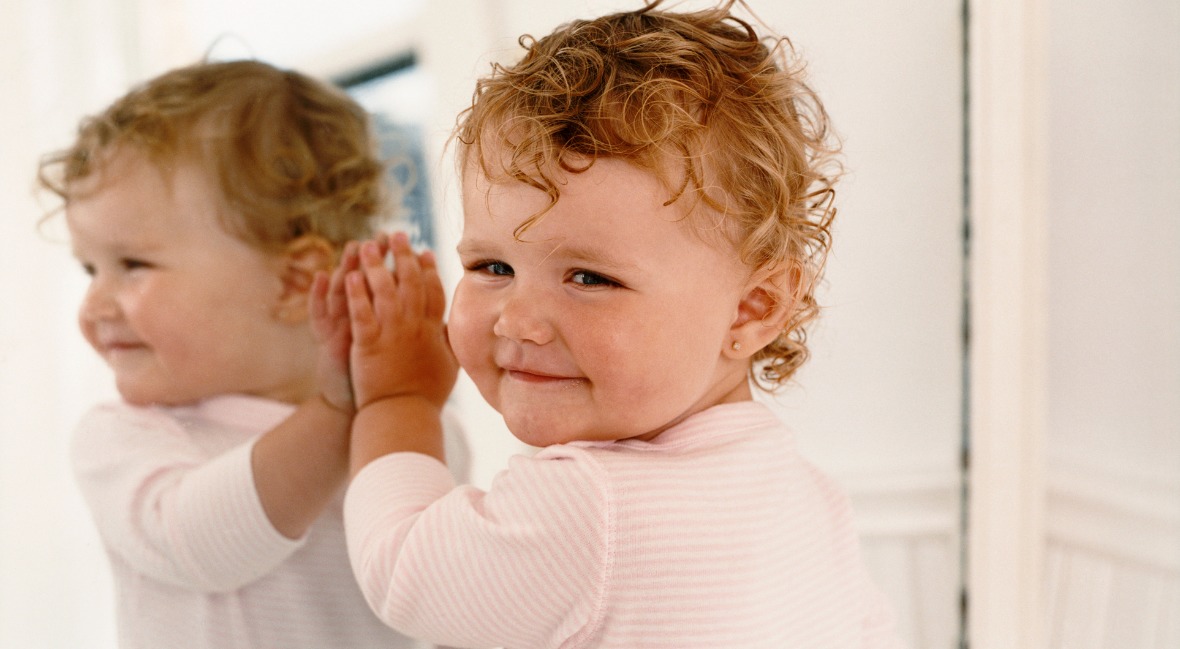

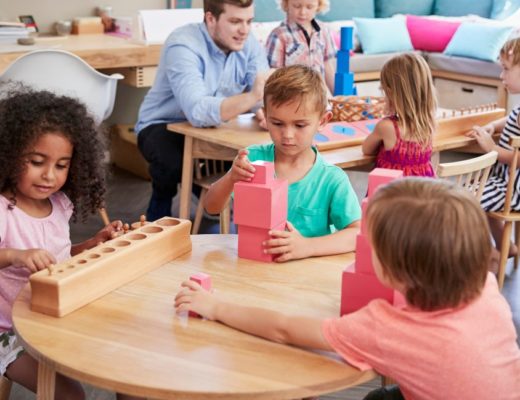

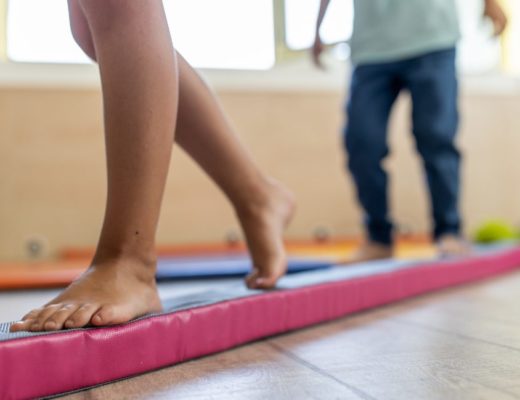

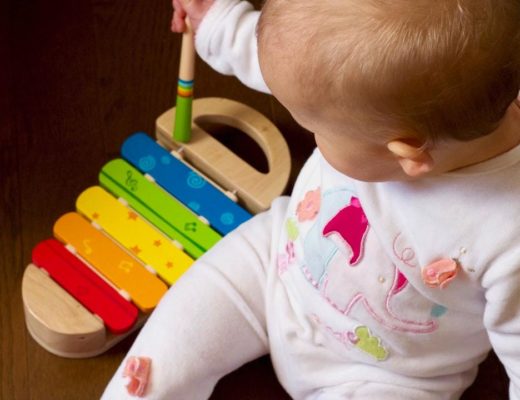
No Comments